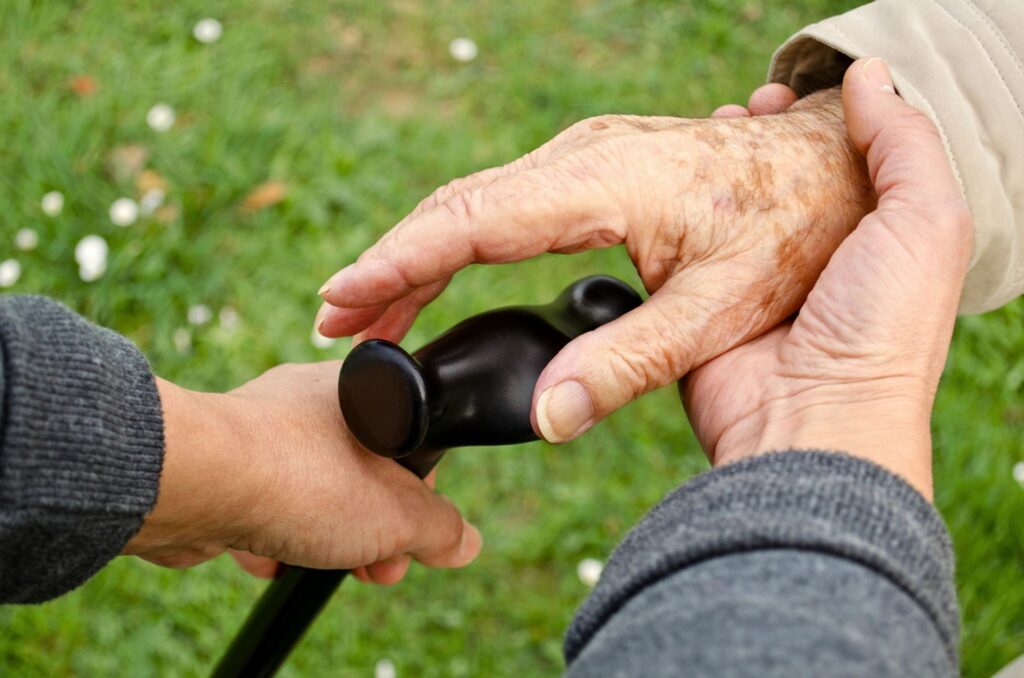The decision to enter hospice care is rarely an easy one to make. That applies to family members as much as it does to the patient themselves. Often, the family will have a mixture of responsibilities and duties that combine the roles of traditional caregiver with loving child or grandchild.
It can be more than a little confusing, particularly when combined with the unique mixture of emotions at this time. In this guide, we want to provide some guidance for family members on what they should expect when it comes to hospice care and what the caregiving team will provide.
What Will Your Role Be?
For some family members, the arrival of a hospice caregiver can bring with it mixed emotions. There may be some concern that you will no longer be able to care for your loved one, that you may be replaced by a nurse or a nurse’s aide. The situation is actually more complicated than that, but your role in caring for your family member will likely remain unchanged.
In most cases, the hospice care team provides supplemental support, as well as medical care. A family member almost always continues to provide primary care – washing, feeding, bathing, companionship, etc. You will also help make decisions for your loved one just as you have been doing.
If that’s the case, then what does the hospice care team do? They are there to help and support your loved one, as well as you and other family members. It’s about doing what’s necessary to make the patient comfortable, to alleviate their pain and discomfort, and to provide whatever emotional and spiritual support is necessary, as well.
A Breakdown of Team Duties
To help explain the situation and make hospice care planning a little simpler, we’ve broken down the typical duties and responsibilities of the various team members you might encounter. Of course, the makeup of each team varies, as it should be based on each patient’s unique needs, requirements, and situation.
- Assistance: Team members will provide the patient (and the family) with assistance in coming to terms with dying, not just cognitively, but emotionally and spiritually.
- Getting to Doctor’s Appointments: While the patient is able, a hospice team member can drive them to doctor’s appointments. After that, or if the patient’s condition has already deteriorated, the hospice doctor will make house calls.
- Help in the Home: The hospice care team will help the patient (and the family) with chores around the home, as well as with bathing and dressing the patient, and more when necessary (or requested).
- Education and Instruction: Most family members are unsure of how to care for a dying loved one. It’s a new, undesired experience and that can put you on uneven footing. The hospice care team will provide education and instruction on how to care for the patient.
- Managing the Condition: One of the hospice team’s primary responsibilities will be to help manage the patient’s condition. This can be done through medication, but may also include a number of other treatments and alternative treatments. Massage therapy, occupational therapy, physical therapy, music therapy, and even pet therapy may be provided.
- Care and Relief: Hospice caregivers can provide companionship to the patient, offering relief to family members and allowing them a respite to take care of other responsibilities, or to just get some much-needed rest.
- Counseling: Ultimately, hospice care encompasses the death of a loved one, which can be an incredibly difficult time for the surviving family members. Hospice care planning does not end with the patient’s life. Rather, the team can provide counseling and guidance for family surviving family members.
Choosing the Right Hospice Care Provider
Given the critical nature of the services provided by a hospice care team, it’s vital that you choose the right provider. Most people have never found themselves in this particular situation, and it can be daunting to choose a hospice provider. The following tips will help make the process simpler and easier:
- Start Early: The earlier you begin looking for a hospice care provider, the easier the process will be. Begin long before the patient’s condition deteriorates. Many family members, and even patients themselves, assume that hospice care does not begin until the patient has days or just hours to live. The truth is that a hospice team can provide care for patients with up to six months of life expectancy, easing their pain and making their experience easier.
- Ask for Recommendations: Take the opportunity to speak with doctors and other medical professionals and get their recommendations.
- Verify Accreditation/Licensing: Make sure that the hospice provider is accredited/licensed.
If you have questions about hospice planning, contact us today. Our compassionate team would be happy to provide any information you or your loved one might need in order to make an informed decision.






